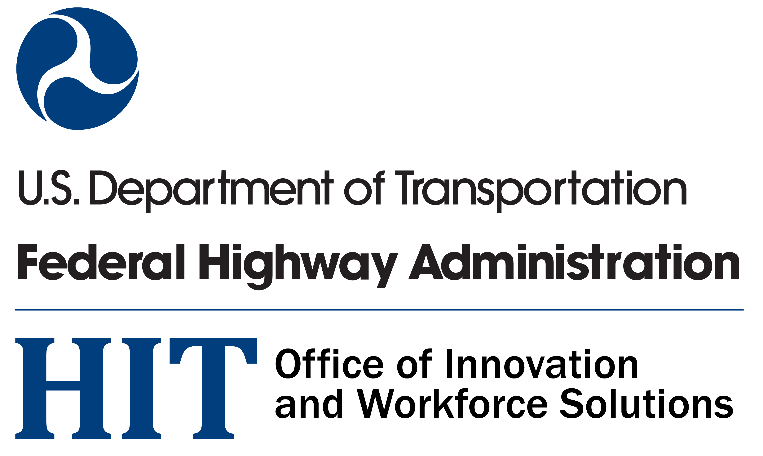

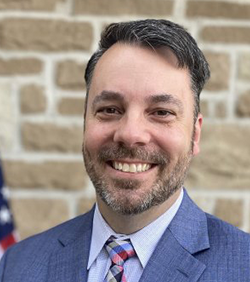
The Resource Center (RC), Office of Innovation Implementation has operated as the primary source of technical assistance and technology deployment support to Federal, State, and local transportation agencies for more than 20 years. The mission is to advance transportation solutions through training, technical assistance, technology deployment, and partnerships. The RC is home to a national staff of subject matter experts across several teams covering 18 specialty areas and is uniquely positioned to provide in-depth expertise and to assist with the development and deployment of innovative technologies. Services provided through the RC also include courses and workshops, development of customized training, peer exchanges, program reviews, and other areas of support.
Civil Rights
SANDY TALBERT-JACKSON
Construction and Project Management
ROB ELLIOTT
Environment, Air Quality and Realty
MICHELLE HILARY
Finance Services
WESLEY BREEDING
Geotechnical and Hydraulic Engineering
THOMAS DRDA
Operations
GRANT ZAMMIT
Pavement and Materials
CHRIS WAGNER
Safety and Highway Design
PATRICK HASSON
Structures
THOMAS DRDA (acting)
Transportation Performance Management, Asset Management, Freight and Analytics
LISA RANDALL

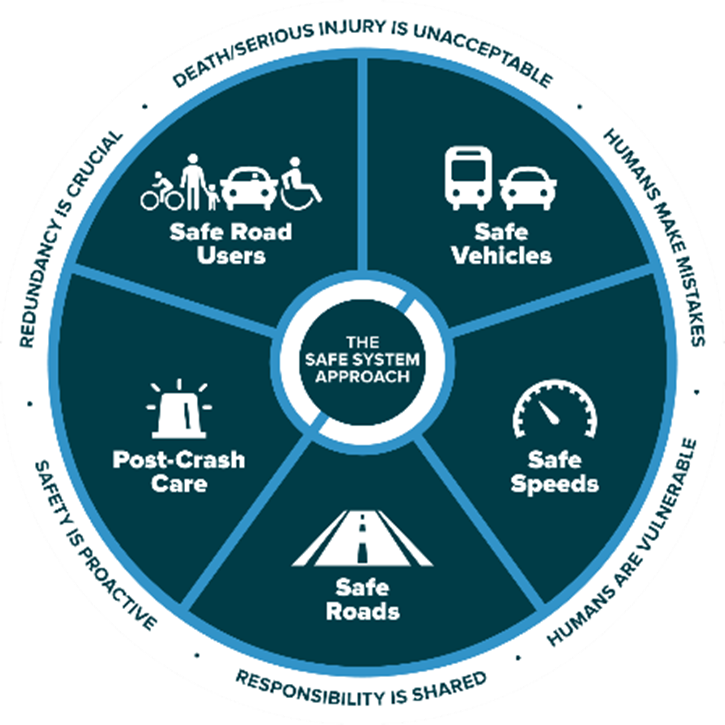
In 2022, the RC continued the advancement of USDOT’s six strategic goals to ensure alignment of unit plan activities to the FHWA’s Strategic Plan strategies. Service examples below illustrate the RC’s training and technical assistance efforts to support FY23 program objectives.

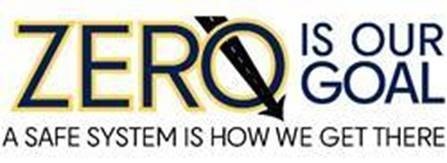
The U.S. DOT National Roadway Safety Strategy adopts the Safe System Approach (SSA) as the guiding paradigm to address roadway safety. The Safe System Approach is an internationally recognized road safety practice that aims to eliminate fatal and serious injuries for all road users. The RC provided extensive outreach on the SSA, including 63 presentations and webinars, and incorporated SSA into the materials in 12 training courses. These efforts and more supported creation of new polices and adoption of SSA practices in communities, States, and national organizations around the country.
The SSA is also the underpinning blueprint of all FHWA safety activities. The RC worked in coordination with the FHWA Office of Safety and the Office of Safety and Operations Research and Development in creating implementation plans. The RC focused on elevating awareness of the SSA to other FHWA disciplines – starting with the first-ever Peerapalooza event. Follow-up outreach to several other FHWA disciplines (i.e., Planning, P&PD, Operations, Civil Rights) helped further advance SSA awareness and understanding to over 1,200 FHWA staff. The team is also supporting and contributing to over 14 currently active FHWA SSA projects. A particularly noteworthy effort was supporting the Winter 2022 edition of Public Roads magazine that focused entirely on the SSA.
Advancing the SSA nationally is a top priority and focus for the FHWA Safety programs. The RC team will continue to provide technical assistance and training to agencies on strategies to integrate SSA into project decision-making through the application of assessment frameworks and methodologies, and by continuing activities to promote awareness of SSA principles.


To advance the USDOT’s strategic goal for climate and sustainability, the RC formed the Climate Resilience Interdisciplinary Team (CRIT) which focuses on prioritizing and addressing climate and extreme weather-related impacts on transportation systems. Through training, technical assistance, and technology, CRIT helps transportation systems prepare for changing climate conditions and withstand and quickly recover from disruptions. In true interdisciplinary fashion, members of CRIT include representatives from each of the RC’s ten technical service teams.
CRIT applies an interdisciplinary model to help build and maintain a transportation system that includes climate science and modeling; risk and vulnerability assessment; lifecycle assessment; resilience planning; engineering design considerations; nature-based and engineered adaptations; sustainable materials; specialized training; project-level technical assistance; and deploying technology advancements.By incorporating and operationalizing resilience into the transportation planning process and integrating consideration of climate change into project-level decisions and designs, CRIT helps with the vulnerabilities and adaptation options for transportation assets.
With expertise in planning, project design, engineering, and operations, the Climate Resilience Interdisciplinary Team is a trusted resource in all areas of transportation, including:


The RC is leading the EDC-6 initiative e-Ticketing and Digital As-Builts. Historically, valuable construction data such as material tickets and as-built plans were communicated via paper. Transportation agencies are now improving these processes by converting them into electronic and digital workflows. Electronic ticketing (e-Ticketing) improves the creation, exchange, and archiving of material tickets. Digital information, such as 3D design models and other metadata, enhances future usability of as-built plans for operations, maintenance, and asset management.
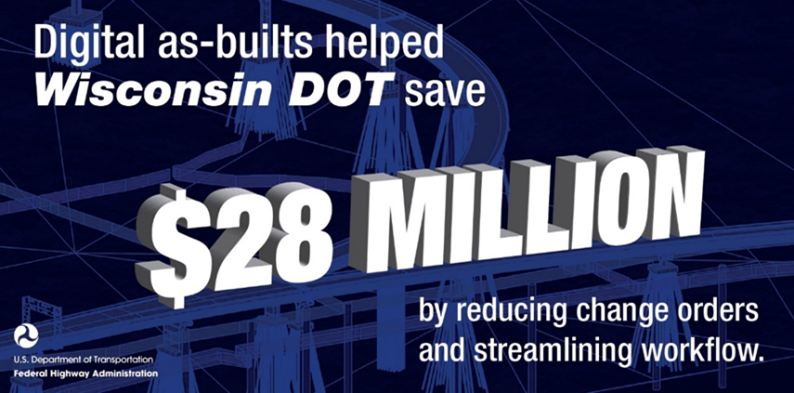
Further, moving as-built and asset inventory information to a digital format (Digital As-builts, or DABs) is expected to save agencies significant cost and time, as well as greatly increase staff productivity and fact-based decision-making to improve transportation system management. The use of computers, mobile devices, smart phones, the internet, the cloud, internet of things (IOT) and digital data has made information more accessible and increased our productivity and ability to communicate.
Currently, agency personnel unproductively pay for and search for previously collected information with limited access. As agencies organize their asset data and integrate various management systems, the ultimate benefit of more accessible lifecycle asset data management will come to fruition as the digital information unleashes the capabilities for greater analytics and automation. Building Information Modeling (BIM) methods will continue to mature through leveraging digital as-built information that ultimately may become a digital, or virtual, twin of an agency’s transportation system.
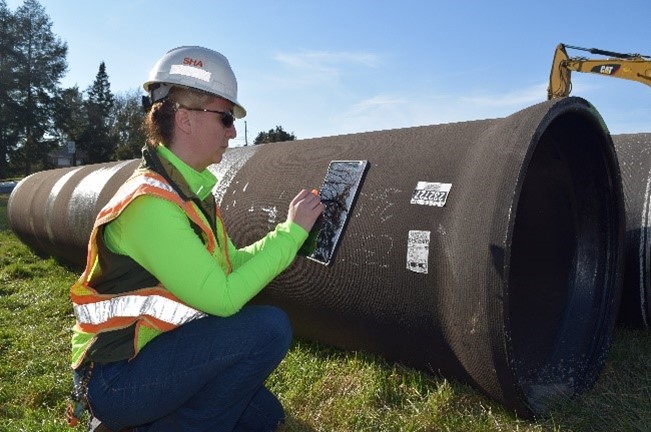
The construction industry is rapidly deploying innovative ways to digitize project delivery to enhance safety, increase productivity, and save money and time. e-Ticketing is a market-driven digital innovation that automates the creation and real-time transfer of materials delivery information in digital format on highway construction and maintenance projects. Materials producers and suppliers witnessed first-hand the benefits of going digital in 2020 and 2021 during the pandemic and are working aggressively with contractors, State DOTs and local agencies to institutionalize e-Ticketing nationwide. Using cloud-based exchanges, contractor and agency field staff access the e-Tickets via mobile devices. Agencies are using the e-Ticketing data during construction to expedite contractor payments, digitize record keeping and archiving, and are exploring future uses of the data such as forensics, digital as-builts, and BIM. The RC continues to assist State DOTs and local agencies with advancing the deployment through activities such as a four-part webinar series, articles in agency and national publications, 15 peer exchanges, a 24/7 technical support center, and a virtual vendor showcase.
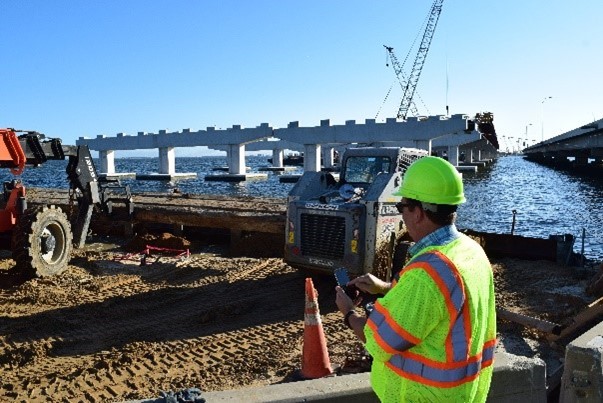
Most recently, the RC joined forces with the FHWA Office of Infrastructure to host a two-day e-Ticketing workshop, bringing State DOTs, local agencies, academia, and private entities together to collaborate on state-of-practice deployment and state-of-the-art innovations in e-Ticketing and e-Construction. Attendees of the workshop included construction, materials, and maintenance field staff, managers, and senior personnel, who learned about how State DOTs are institutionalizing e-Ticketing and expanding e-Ticketing to different materials; shared best practices, lessons learned, and challenges; discussed procurement and operations of e-Ticketing portals, and much more. The interactive workshop also provided participants with an opportunity to engage with presenters, vendors, and their peers during general sessions and breaks.
Implementing e-Ticketing and digital as-builts into project delivery will ultimately enhance safety, quality, and cost savings by improving the accessibility of project and asset data.

Often agency leadership and their project teams are not clear on which contracting method might best deliver a given project with its unique circumstances and risks. FHWA research indicated that choosing the right project delivery method and preparing the execution team can save millions of dollars and months of time, as well as enhance innovation. The RC and the Office of Infrastructure advanced the USDOT’s strategic goal of economic strength and global competitiveness through the release of FHWA’s Contracting Alternatives Suitability Evaluator (CASE) webtool. The tool is built from nationally proven experience [and/or best practices] and is available to all DOT, local public agencies, and Tribal agencies and project teams desiring to evaluate contracting method options (e.g., design-build, design bid-build, CM/GC, public private partnerships). Alternative Contracting Methods will also help deliver the Bipartisan Infrastructure Law (BIL) more effectively—and the CASE Webtool can help agencies decide the right Alternative Contracting Methods to use.
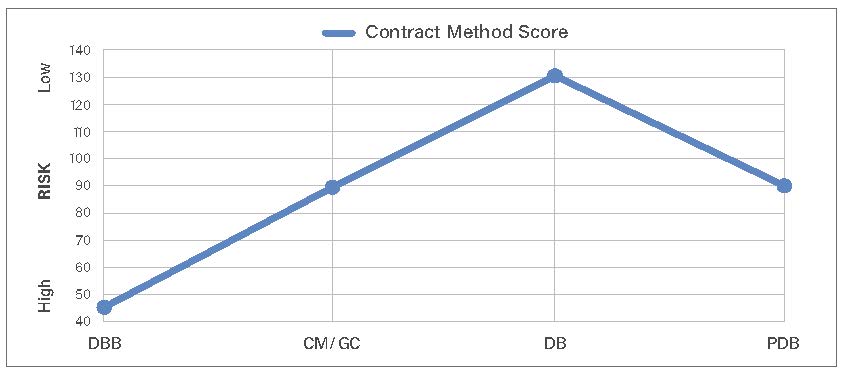
By entering project-specific details, agencies can rapidly compare contracting methods and complete a preliminary risk assessment. During the assessment, the CASE Webtool assists them to rank short-term contracting methods (see example chart from fact sheet); allows users to consider “what if” scenarios; evaluates financing benefits and long-term impacts of P3s on cost, schedule, and quality of service; and facilitates critical thinking among project teams. The RC continues to provide workshops that are making CASE more accessible to agencies and their consultant partners that are working to deliver transportation benefits through these important projects.

To advance USDOT’s strategic goal of equity, the RC is an active member of FHWA’s Accessibility and Mobility Equity Work Group. Created under Executive Order 13985, titled “Advancing Racial Equity and Support for Underserved Communities Through the Federal Government,” the group supports activities to expand access and opportunity to all communities, while focusing on historically underserved communities and individuals. The RC also works alongside members of the Intersection of Racial Equity and Access for People with Disabilities Sub-Group to develop a framework to advance mobility justice.
The RC also delivered a successful Americans with Disabilities Act/504 virtual training session for the Texas Division Office, TxDOT, Texas Local Public Agencies, contractors, and consultants. More than 550 individuals attended, spanning the entire State of Texas. Attendees of these virtual courses were engaged through presentations, discussion, video demonstrations, and small group activities, as well as a discussion led by an individual who uses a wheelchair, who provided engagement opportunities and promoted her accessibility needs/requirements in the pedestrian environment.

The RC facilitated a Northwestern Region Work Zone Roundtable to promote regional sharing of work zone design and safety best practices and processes for uniformity across State lines. The purpose of the Work Zone Roundtable is to build a strong National Work Zone Peer network and to serve as a national forum to exchange information to promote uniformity in the application of work zone concepts among public sector professionals in the field.
For nearly two decades FHWA has hosted its monthly Talking Freight webinars, featuring topics of interest to the national freight transportation community. In coordination with the FHWA Freight Office, the lead host for the webinar series, the RC identified the topic and speakers for the February 2022 webinar on The Future of Technology in Truck Size & Weight Enforcement. The session included opening remarks from the RC and the Federal Motor Carrier Safety Administration, and included presentations from Florida DOT, Montana DOT, and private industry on various technology solutions for vehicle size, including Weigh in Motion. More than 270 participants joined the session to increase their awareness of the important role that technology solutions play in enhancing the effectiveness and efficiency of State vehicle size and weight programs.
Peerapalooza is a cross-discipline virtual learning series open to all FHWA employees. The series is a collaborative effort between the RC and HIT’s Knowledge Management unit. Each session showcases a different discipline or program area and highlights how they relate to other agency programs and the Administration’s priorities. In addition to hosting the inaugural Peerapalooza event in 2021, which highlighted the SSA, RC teams provided content for the February and April 2022 Peerapalooza sessions on the Arlington Memorial Bridge Project and Automated Vehicles, respectively. By leading engaging and informative live sessions, RC team members provided a host of resources for attendees to delve more deeply into each topic.